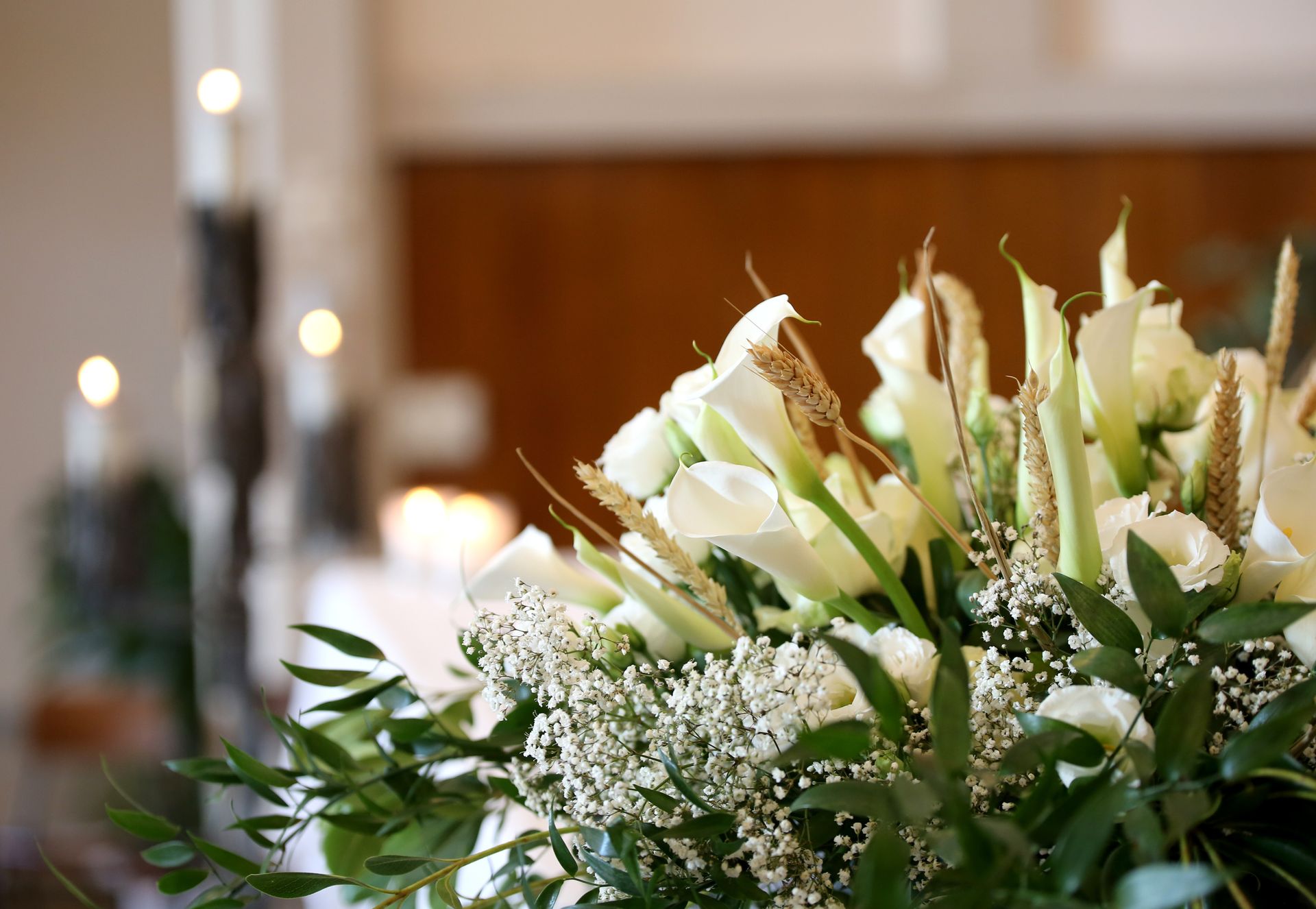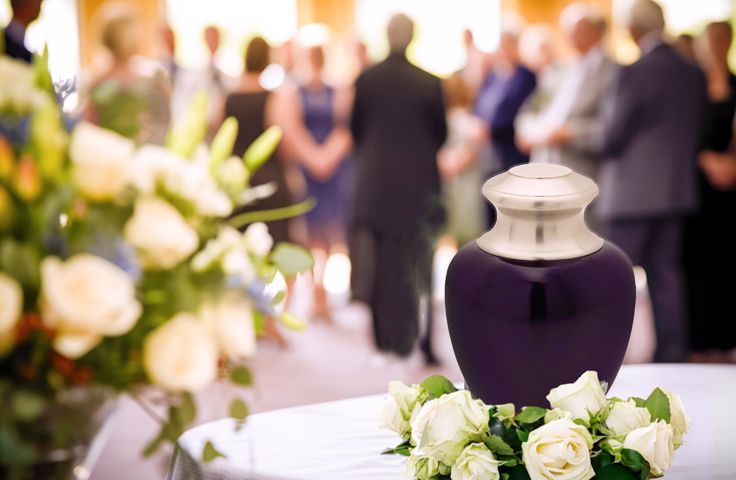Mourning in the digital age

The digital age has changed the ways we mourn. What was once an obituary just in the newspaper can now be found on a funeral home website or Facebook, too. There are online communities that can provide a safe space for people in their time of need. Friends and family on the other side of the world can be in (virtual) attendance of a funeral or memorial ceremony as it happens. These ways of collectively mourning from afar were exemplified in 2020 with the COVID-19 pandemic when travel and gathering restrictions were in place for most of the year. While we may be tired of Zoom calls and gathering virtually after the year we’ve had, it is nice to have that option if all else fails.
One way we can conveniently get together to celebrate the life of a loved one who has passed is by live streaming funeral and memorial services. It could be distance, health problems, time conflicts, or financial constraints keeping someone from attending a ceremony, but they can still feel as though they are part of the event if they can tune in on their own device at home. With our advanced technology, someone could even deliver a eulogy to a group that has gathered in a chapel from their computer at home. This luxury was difficult to fathom just two decades ago, but now it is widely used and available.
We can also celebrate someone’s life online via online obituaries and social media. On these platforms, which could be Facebook, the funeral home website, or something else, friends and family can share photos and favorite memories of their loved one with dozens, even hundreds of others who also knew them. Sparking these conversations and threads of stories and photos can help everyone remember the life of someone they have lost, which can, in turn, help with the grieving process.
There is also a plethora of online communities that deal with loss, mourning, and grief. Whether it be a Facebook group or an online blog, there are spaces online in which people can connect over their shared experiences.
Grief Healing Blog is a website where you can find resources and articles about the grieving process, ranging from coping with a terminal diagnosis to dealing with the loss of a beloved pet. Marty Tousley, the woman who runs the blog, was a bereavement counselor for nearly two decades, has experienced several losses herself, and has lots of experience with the topic of grief. The wide variety of information found on her website can assist you after a loss, no matter what kind of loss it was.
The Facebook group called
Grief Speaks Out was created by Jan Warner after her husband died and has grown to a network of 2.4 million people. The people in this group share quotes, memories of their loved ones, and inspirational content with other people who have lost someone close to them. The community is full of supportive people who want to help one another. We are more connected than ever before, and the connectedness we enjoy is thanks to the digital age. The technology we get to use today can help us feel less alone and more supported after experiencing a loss.








